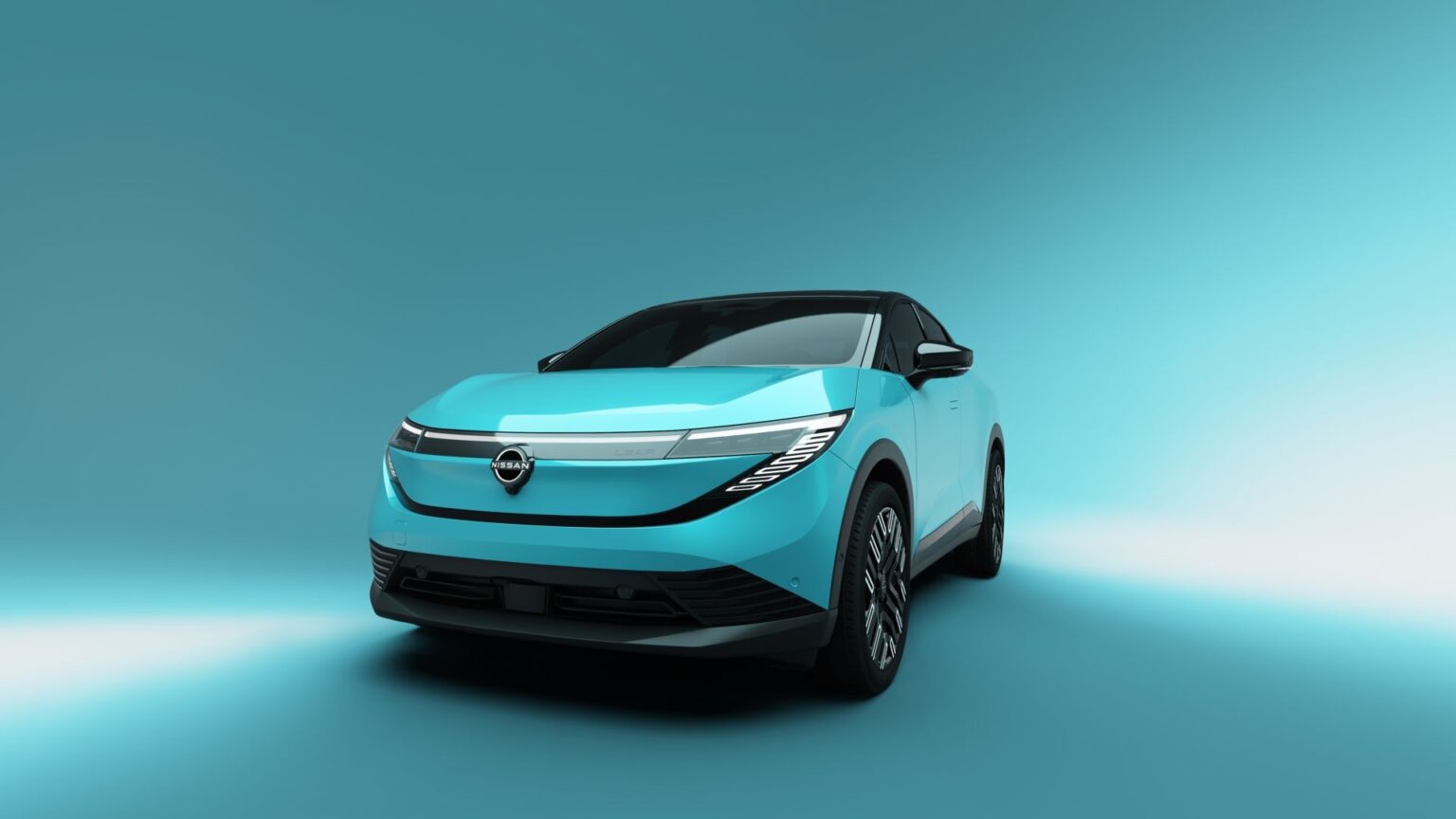The humble Nissan Leaf is a pioneering electric vehicle. In 2010, long before Tesla became a household name, the Japanese automaker was selling the first generation of this battery-powered hatchback. Since then, nearly 700,000 copies of the Leaf have been delivered around the world, and cars that have supposedly traveled more than 17 billion miles. To keep things fresh, Nissan is hard at work developing the next version of this popular and affordable EV.
Reinventing One Of The Company’s Core Models
To generate a little hype, the automaker announced a three-part series of short videos. These features include members of Nissan’s product development team, and they shed light on the planning and engineering behind this upcoming model.
In the first of these videos, Richard Candler, Vice President of global product strategy at Nissan, describes the Leaf as one of the automaker’s “core, heartbeat models.” Accordingly, the development team has loads of information about what owners need from a car, data they’re using to create the new Leaf.
“We have a long, established track record about durability and safety with (the) Leaf, and we knew this was really a foundation to the next generation. We wanted this to be a really credible alternative to a combustion car,” said Candler. To achieve this, Nissan focused on a few things. One, they aimed to balance emotional appeal with practical functionality. Two, long range is a must, and the new model will allow drivers to travel between 186 miles (300 km) and 311 miles (500 km) at high speed between charging stops. And three, the new Leaf will be able to quickly absorb energy, so motorists can hit the road. “We know that the average refueling stop is around 14 minutes,” said Candler, “and in that time, we add over 250 km (155 miles) of charge with seamless plug-and-charge capability.”
Sleek Design And Engineering Improve Efficiency And Comfort
Helping deliver all that efficiency is smart engineering and sleek styling, as Nobutaka Tase, program design director, points out. “We reimagined the Leaf as a crossover, creating a distinct personality, a high-tech feel, and added advanced features,” he said. “This is the most aero-efficient car we’ve ever made, with a drag coefficient of 0.26 (U.S. and Japan; it’s 0.25 in European spec).” To achieve that, Tase explained that they made the front end as sleek as possible, cleaned up the profile, made sure the wheels didn’t add drag, and even included active grille shutters.
Underneath that handsome new body, Candler explained in the series’ second video that the upcoming Leaf will ride atop Nissan’s CMF-EV platform “which delivers significantly improved efficiency,” and should make the Leaf smoother and more responsive.
The car also gains a new multi-link rear suspension, and lateral rigidity has been improved by 66-percent explained Hiroki Isobe, chief vehicle engineer. “The all-new 3-in-1 (drive) motor is 10 percent more compact and reduces noise and vibration. We have higher peak torque on select variants,” he added. According to Nissan, the vehicle should offer up to 214 horsepower and 261 pound-feet of twist.
Hiroki promises the redesigned Leaf will be smooth, quiet and more enjoyable to drive. The vehicle should also be more spacious inside because the climate control unit has been moved from inside the cabin to a spot under the hood. “The all-new Leaf is not just about being an eco-friendly option,” said Tase, “it’s about being a credible alternative to combustion-engine vehicles.”
TopSpeed’s Take
This new all-electric Nissan looks great and promises to be far more advanced than the second-generation Leaf that’s currently on sale. While affordable, this car is not particularly competitive with more modern EVs. When the redesigned third-gen model launches, this situation should completely change.
Read the full article here


